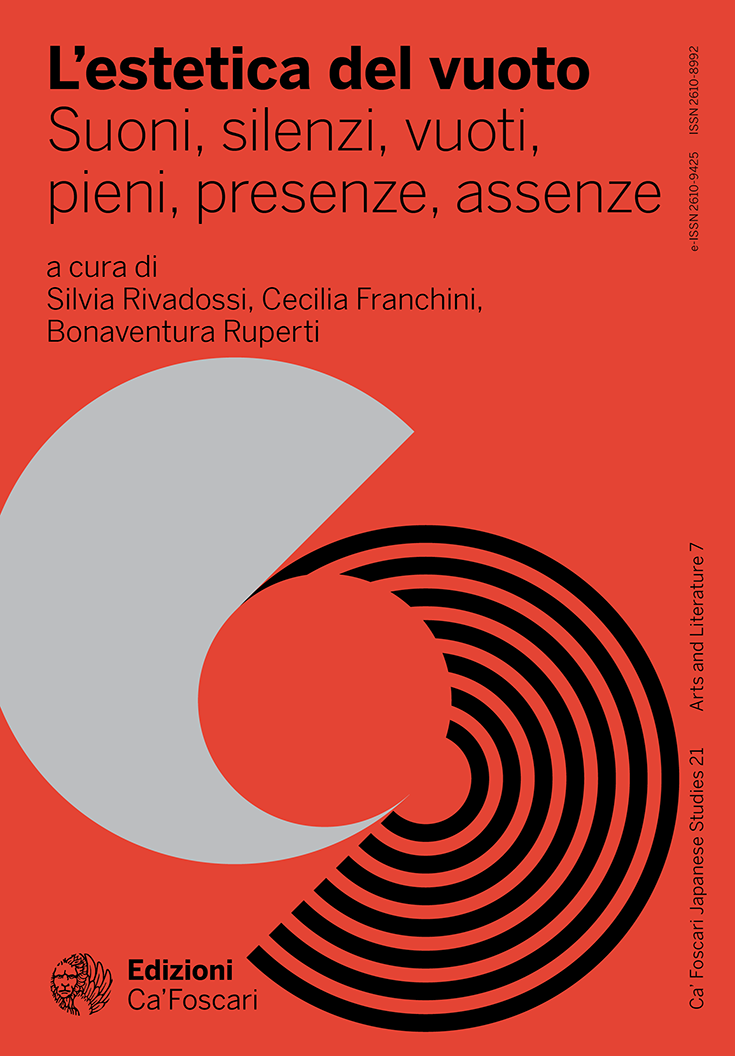Series |
Ca’ Foscari Japanese Studies
Edited book | The Aesthetics of Emptiness
Chapter | Lo Zen e l’estetica del vuoto
Lo Zen e l’estetica del vuoto
Forme dell’arte nella Via del Buddha
Abstract
The coming to power of the bushi clans from the late twelfth century stimulated the emergence of a peculiar Japanese culture and aesthetics, with different characteristics from those that had prevailed in the aristocratic milieu of Kyōto in the previous period. The close relationship that had developed between the warrior class and the new Zen school coming from China stimulated the acculturation of the warriors and their appreciation of the arts. Zen, in fact, acted as an intermediary transmitting the great continental culture to the archipelago where, adapted to the Japanese environment where a virile character, marked by rarefied values of essentialism prevailed, gave birth to extraordinarily precious fruits characterised by great elegance and by a high spiritual sensibility. This essay aims to describe some aspects of what is called the ‘aesthetics of emptiness’ inspired by the doctrines of the Zen school.
Submitted: Aug. 29, 2022 | Accepted: Nov. 24, 2022 | Published April 21, 2023 | Language: it
Keywords Buddhism • Medieval Japan • Emptiness • Bushi • Zen • Aesthetics
Copyright © 2023 Aldo Tollini. This is an open-access work distributed under the terms of the Creative Commons Attribution License (CC BY). The use, distribution or reproduction is permitted, provided that the original author(s) and the copyright owner(s) are credited and that the original publication is cited, in accordance with accepted academic practice. The license allows for commercial use. No use, distribution or reproduction is permitted which does not comply with these terms.
Permalink http://doi.org/10.30687/978-88-6969-701-2/008
